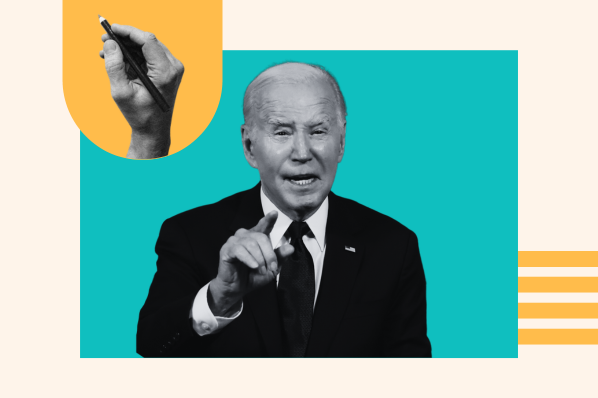On Monday, the White House released an executive order to regulate the use of AI in the U.S.
Here’s the TLDR on the order and how it will impact businesses.
Breaking Down the White House’s AI Executive Order
The order – which covers eight key areas: safety and security, data privacy, civil rights, consumer rights and protection, workforce development, innovation and competition, leadership initiatives, and government use of AI – mostly calls on government agencies to set safety and security protocols to protect Americans against misuse of the technology.
For instance, the National Institute of Standards and Technology is tasked with setting the standard for red team (a defense tactic that involves simulating an attack to test an org’s defenses) testing protocols. And they must do so within 270 days of the order.
Companies will have to notify government agencies of their AI models and undergo rigorous testing under those new standards before anything is made available to the public. This provision doesn’t apply to already released AI models.
Another major focus area is content authentication, which The Secretary of Commerce will handle by developing robust guidelines for companies to follow.
The order also addresses AI’s impact on the labor market, specifically its potential for workplace surveillance and displacement by:
- Developing a set of principles and best practices for employers to follow,
- Identifying solutions to the labor disruptions workers may face because of AI.
How The AI Executive Order Affects Companies
Although the executive order went into effect on Oct. 30, there aren’t any specific calls to action for businesses yet. Those will come in the coming months, as government agencies fulfill the requirements of the order and set forth specific guidelines.
For big AI players like OpenAI, Google, and Meta, this means more oversight on their products and more hoops to jump through.
It will also force companies – that historically have been hush hush about what’s under the hood – to be more transparent about their technology.
However, this order shouldn’t come as a surprise. Since the beginning of the year, the White House has been slowly but surely sharing plans on how they will tackle AI.
In July, they met with top companies for a “voluntary commitment” to responsible and ethical use of AI. The commitment isn’t in any way binding and the consequences for breaking it aren’t clear.
But what it – and the order – does is give an answer to the public’s question, “What the hell is the government doing about AI?” and provide a standard for AI usage across industries.
You can find a more detailed overview of the executive order on this fact sheet.

![Download Now: The State of AI [Free Report]](https://no-cache.hubspot.com/cta/default/53/18762e80-6017-4c1b-801b-e55abae588fe.png)

![Which LLM Should You Use for Your Business? [Pros and Cons]](https://www.hubspot.com/hubfs/which%20llm%20to%20use.png)

![Is it Real or AI? Test Your Detection Skills [Round 4]](https://www.hubspot.com/hubfs/real%20or%20ai%204.png)



![Which AI Tool Writes the Best Marketing Copy? [I Tested Several Different Tools]](https://www.hubspot.com/hubfs/Untitled%20design%20%2842%29-1.jpg)

